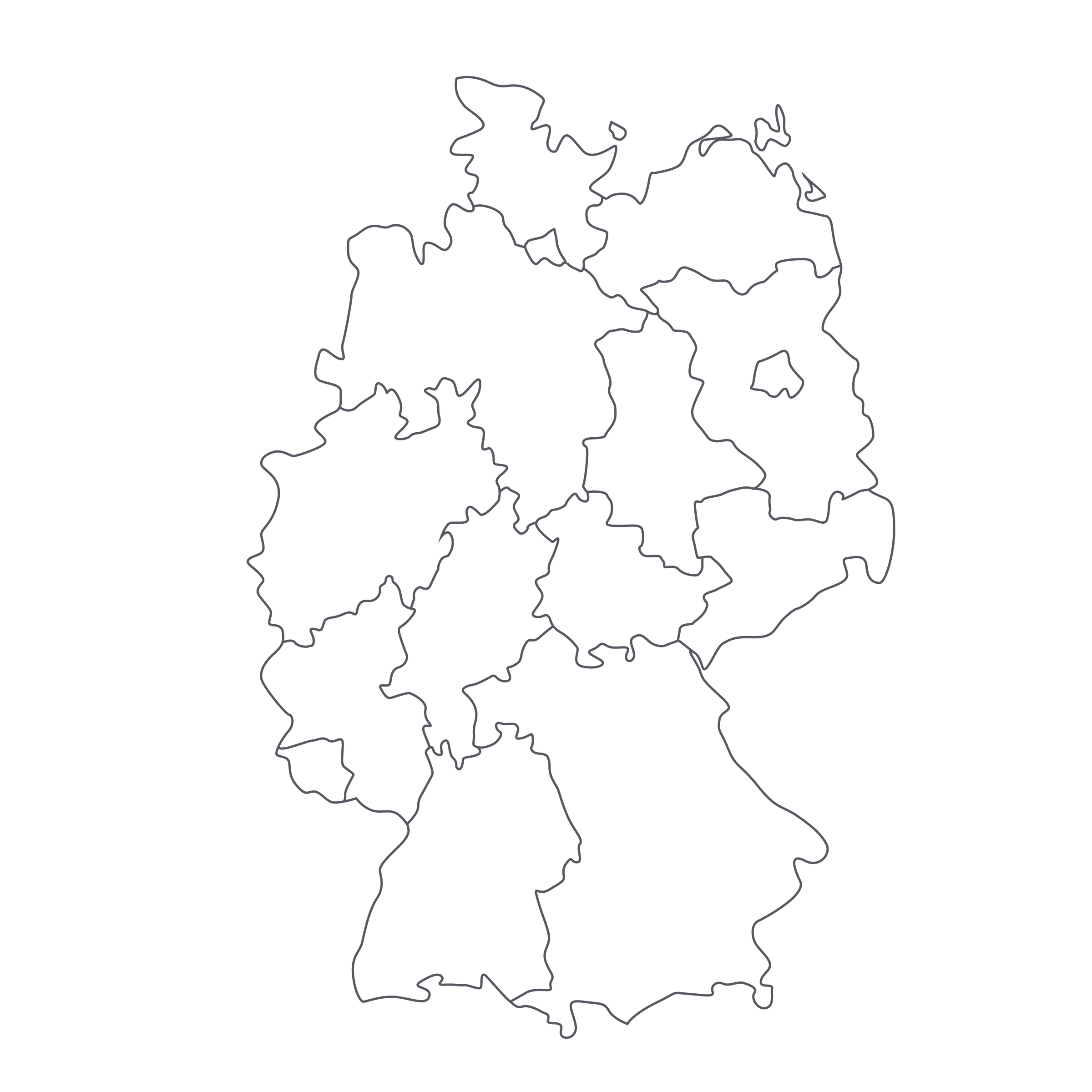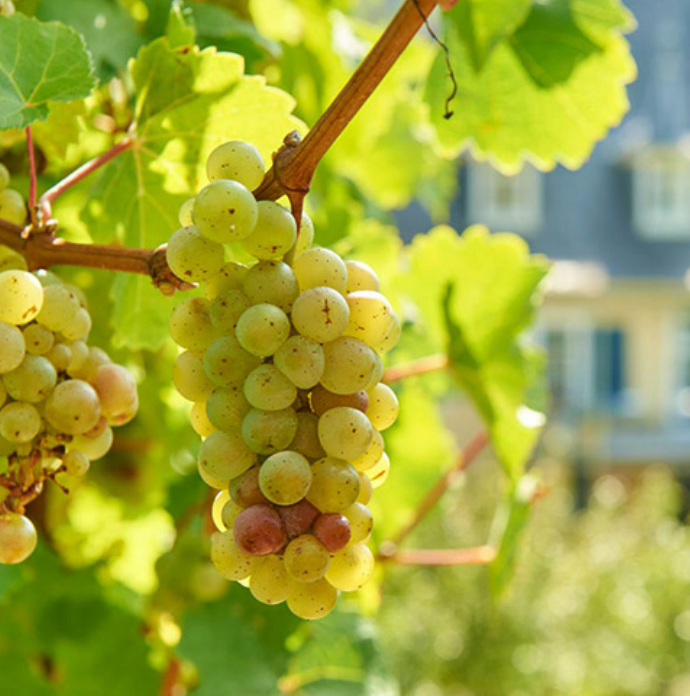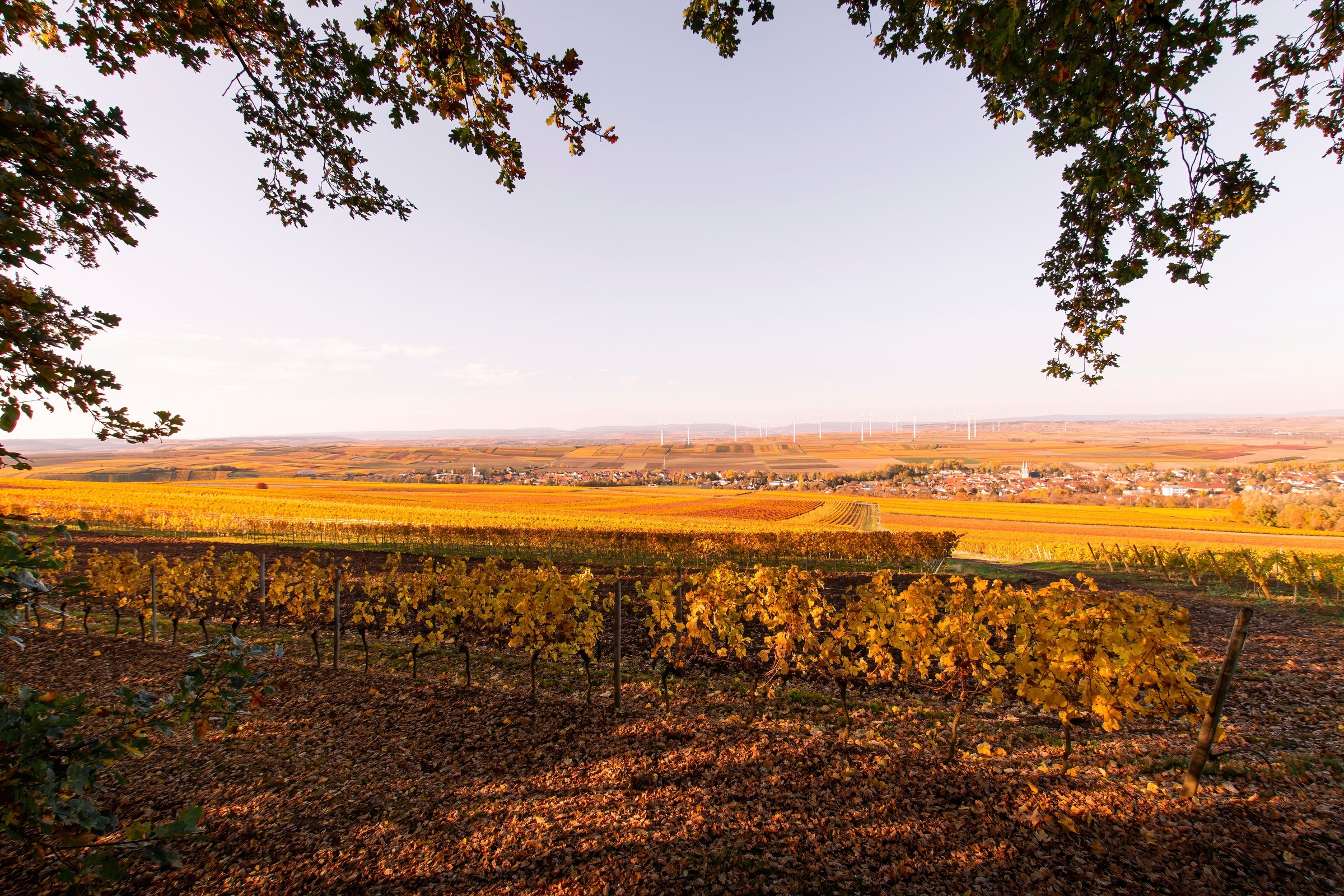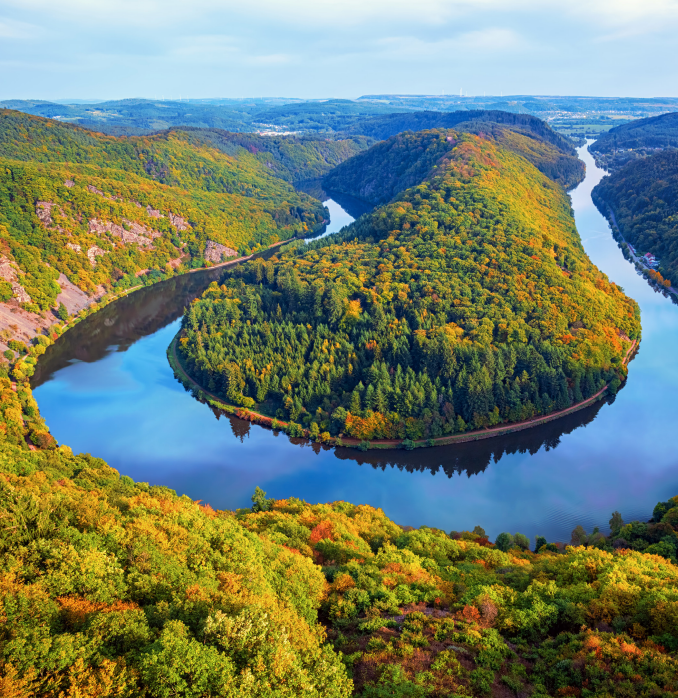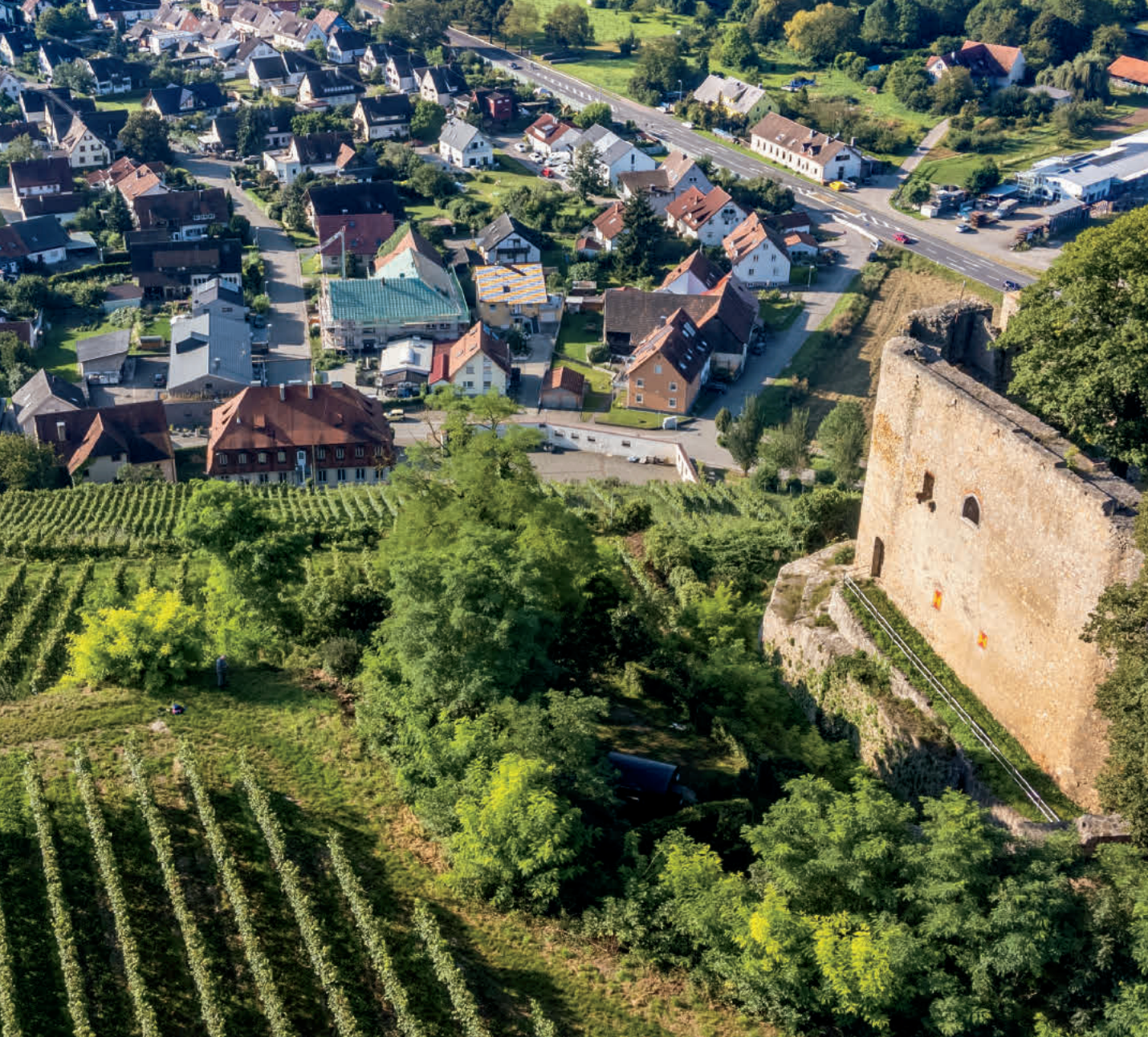I love Rosé Champagne as much as the next person, but given the current landscape of high-quality sparkling wine across Europe, it’s mandatory that we mix it up every once in a while. As of late, crémants and cavas have proven to be fantastic values, but we’ve urged you to go even further afield, into Germany, where sekts of breathtaking quality are being born.
Last month, we offered a Riesling sekt that was met with incendiary demand and glowing feedback, and now, we’re cranking it up another notch with our first-ever rosé sekt, made entirely from Pinot Noir. Simply put, if you want something that has the fine and generously creamy texture of a Premier Cru Brut Rosé, Lothar Kettern’s limited 2015 bottling is it. And we’re lucky to have it, too, because if you do any digging into the Kettern family’s rich history, you’ll learn the estate has almost always been entirely dedicated to growing/crafting Riesling. That is, until the last decade when the energetic and youthful Philipp took over from his father and realized his soft spot for Pinot Noir (Spätburgunder, in German) in sparkling form. And so, the million-dollar question arises: Does it compete with $60+ Brut Rosé Champagne? Ultimately, you’ll be the judge but Philipp Kettern and everyone at SommSelect answers that with a resounding “ja!”
The climate and terroir in the village of Piesport, where Lothar Kettern is based, were perfect for spinning Spätburgunder into sekt (sparkling). The slate and quartz soil soaks up the warm rays of sunshine reflected by the Mosel River, giving the grapes everything they need to get ripe enough for early picking. At the same time, it infuses the wine with a smoky, almost volcanic quality that sets this sekt apart from the chalkiness of Champagne. In addition to introducing this unexpected bottling to his lineup, Philipp has also made a series of adjustments to increase quality at the estate. He almost immediately sold off Lothar’s economical, easier-to-work parcels in the Mosel’s interior flatlands, replacing them with steeply sloped, challenging plots across the river that would ensure a much higher quality of fruit. He introduced organic-minded practices to the estate, reduced sugar and alcohol levels by harvesting earlier, and significantly cut down on intervention in the cellar.
The new Lothar Kettern wines are forward-thinking but they’re still traditional, mineral-focused, and incredibly elegant. Today’s 2015 Spätburgunder Rosé Sekt, coming from their parcels around the famed Mosel village of Piesport, blends Kettern family philosophies across generations. The hand-picked fruit was pressed and sent into a combination of stainless steel and neutral oak casks for both alcoholic and malolactic fermentation, as well as extended aging. After transferring the resulting wine into bottle, it then aged on lees for several years before disgorgement in early 2020.
This ebullient sekt flaunts pure Pinot flavor through and through, especially in the warm, sunny 2015 vintage; one whiff and you know it can’t be anything else—the vivid strawberry, red cherry, raspberry, and rhubarb fruit is unmistakable. Bright accents of lemon zest, Ruby Red grapefruit, white flowers, and crisp red apple skin add refreshing complexity, but that savory mineral streak running through the palate is what really makes me keep coming back to this delicate but generous wine. The texture is so creamy and luxurious, too, with a soft, inviting mousse buoyed by the racy acidity you’d expect from a Riesling expert. One of my favorite things about a high-quality sparkling rosé like this is how easy it is to pair with just about anything. Chill it down to 45-50 degrees, fill up your all-purpose stems, and you’ve got a perfectly juicy match for crispy roast chicken, wild mushroom risotto, or sashimi. You can also play around with hors d’oeuvres like bacon-wrapped dates drizzled in honey and stuffed with tangy chèvre or gorgonzola. Prost!


